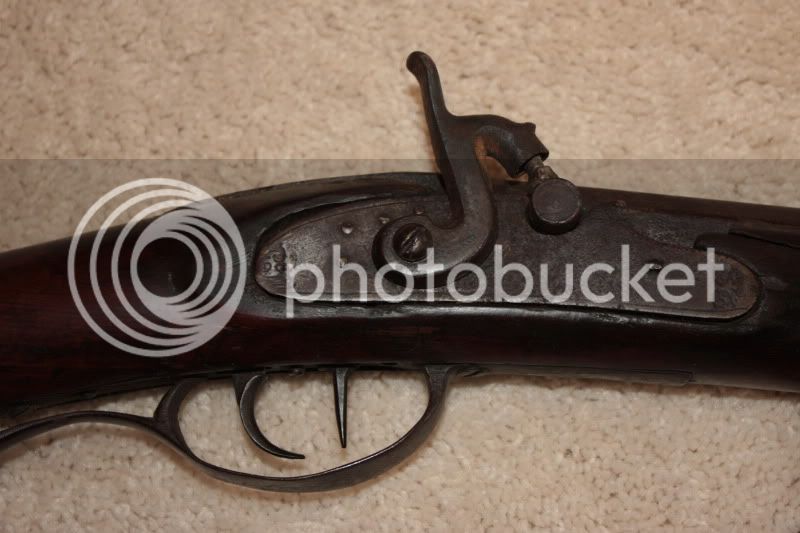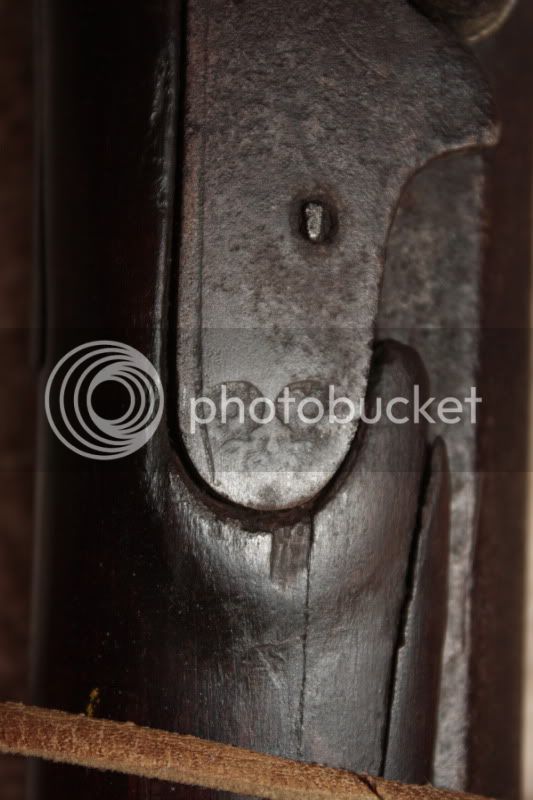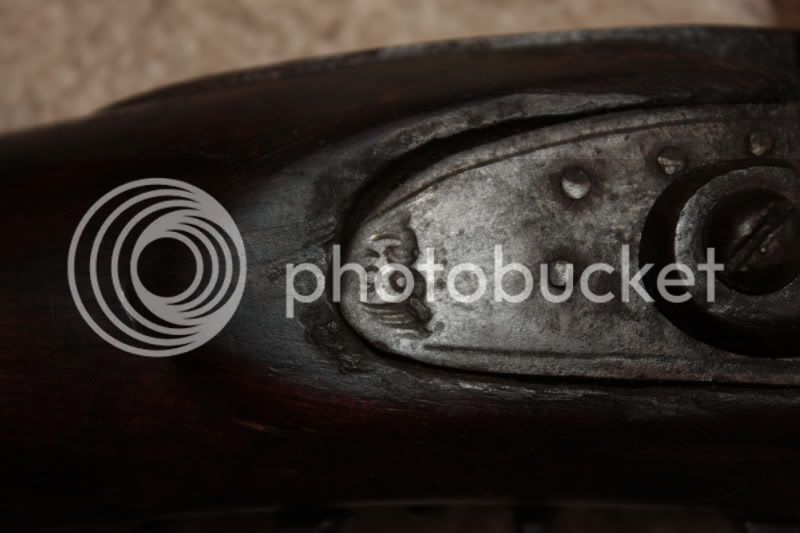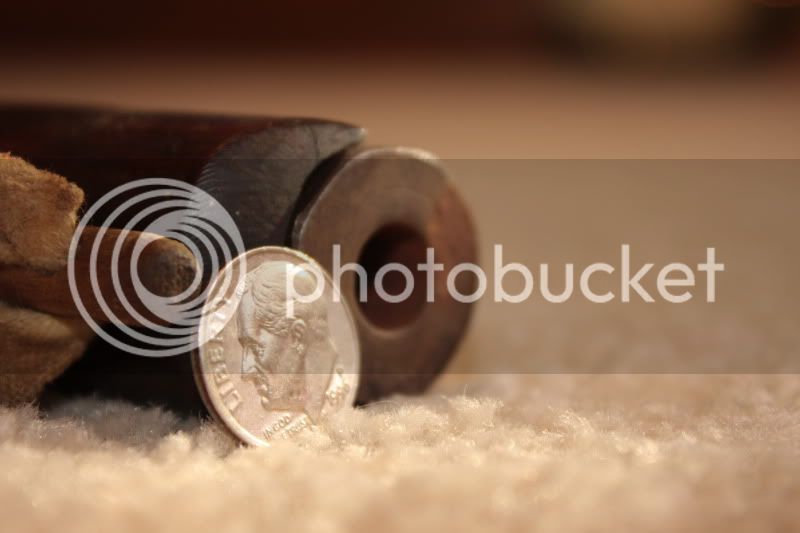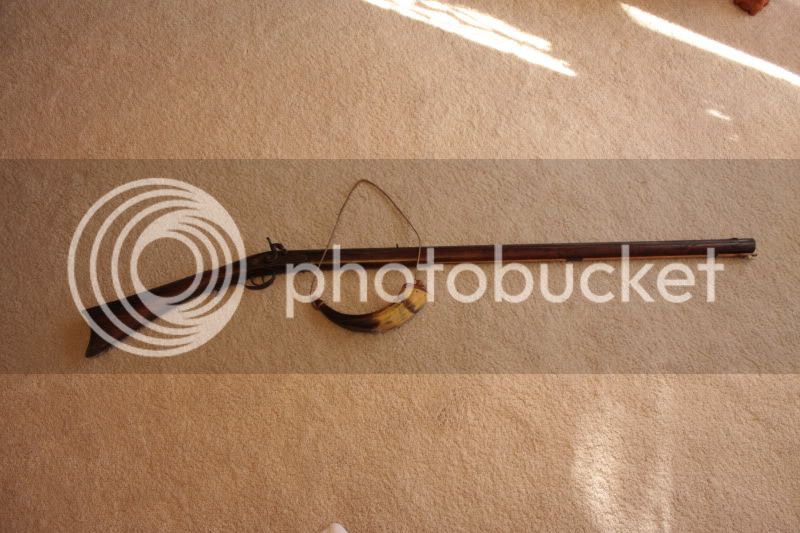drevilsmom
Pilgrim
- Joined
- Oct 8, 2009
- Messages
- 4
- Reaction score
- 0
I posted a little bit of information about this gun when I introduced myself. This gun came from my grandfather's grandfather. My grandfather was born in 1910, and was the oldest of 9 kids, so that could definitely support the idea that the gun came from around the Civil War, although I seriously doubt it was used as a war piece. My grandfather used the gun during the Depression as a squirrel gun, and my mom said that he had to rebore it and cut off a good half a foot or so due to warping. I know that the bore is rifled, although I am not sure if it was originally that way. I know that my grandfather rebored it to a .36 caliber. The barrel is octagon shaped. There are no markings on the gun at all, other than some very worn proof marks. I truly suspect it was a local made gun that is a typical "hardware store" gun, but other than where it's been in the family, we have no other info on it, so it would be neat to know what it is.
